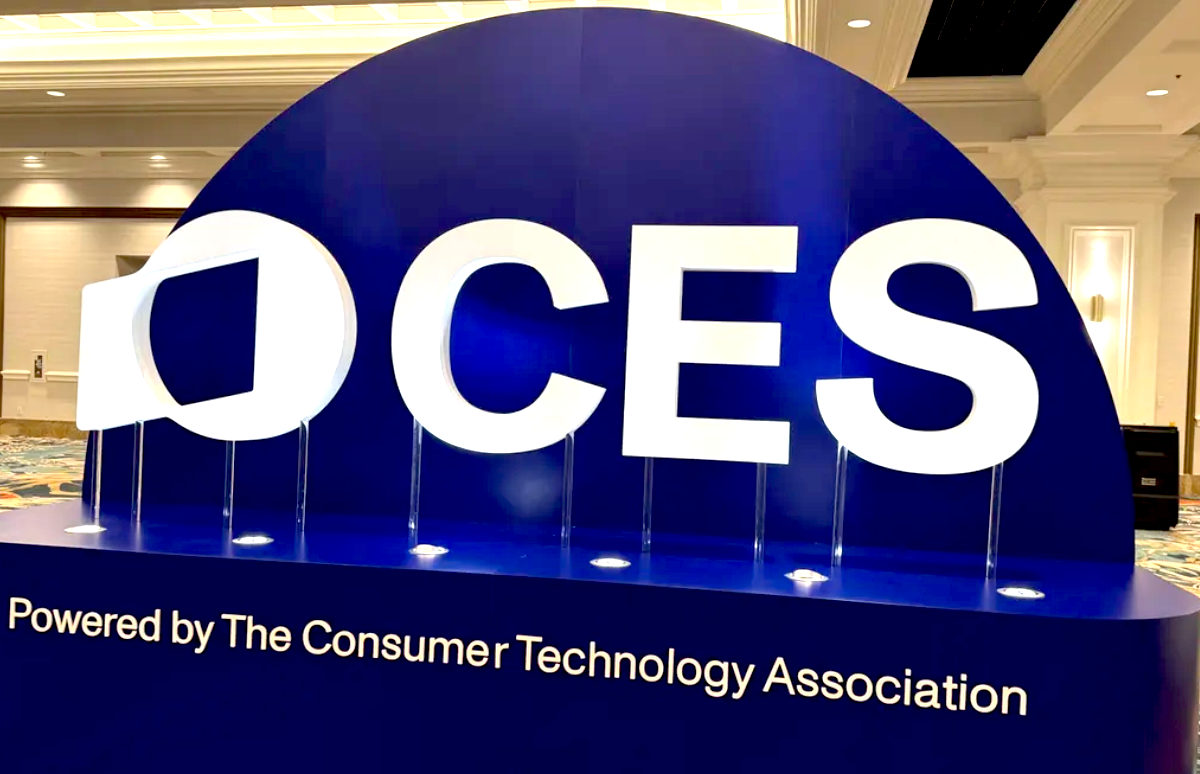Making the Most of the Classroom Projector
The days of standing in front of a classroom full of college students with a blackboard behind you and a handful of chalk dust are long over. In fact, a recent survey by Faculty Focus showed that nearly three-quarters of the 1,600 professors polled have added technology to their lessons.[1]
But with classroom projectors dominating everything from a discussion of the Louisiana Purchase to radioactive decay, are teachers—and students—getting the most out of the equipment? The answer is a mixed bag with some teachers engaging students daily with digital teaching techniques to enhance education. Others, sadly, don’t get it and think of a digital projector as an overhead projector best used for displaying static images.
Places like the University of Texas at Austin’s Faculty Innovation Center, with its practical multimedia suggestions, can help, but it’s only a start. There’s a lot that a teacher can do to make college lessons come alive, such as showing video remembrances of Japanese internees or doing a session of interactive coding on the room’s big screen.
In other words, the old adage “show not tell” is key. In addition to using the University of Colorado’s PHET science simulations to demonstrate how a glacier moves, think about Mathway’s online graphing calculator to display a tricky equation rather than sketching in on the whiteboard.
Interactive projectors take this notion a step further by letting you show an image, video or Web site and then annotate it with special markers or your fingers. It’s just as good for marking up a blank map to show Napoleon’s advance on Moscow as for sketching how proteins fold.
Put that laser pointer or stick away because many of the newer projectors can highlight anything on-screen with a circle or arrowhead. Others have a graph paper background or incorporate a protractor for measuring angles for anything from a roof line to how the planets line up.
Television might seem so 1990s, but watching a local public affairs program or a political debate live could be a vital part of the curriculum. Some of the newest projectors have coaxial connectors for plugging in a TV antenna.
A daily selection of features, industry news, and analysis for tech managers. Sign up below.
There’s a big difference between a government class going over a bar graph of census results and an art history seminar about renaissance painting, but few teachers adjust the projector to fit the material. You can use the presentation mode for the former to get maximum brightness and picture or photo mode for the latter so that every color and brush stroke pops. Many projectors have a DiCom Sim mode suited to projecting grayscale medical x-rays and scans for a biology or radiology class.
Most projectors also allow you to save profiles that customize the projector’s mode even further. They can either be attached to a specific instructor or type of lesson. For example, you can pump up the color gamma for a Photoshop editing class or turn the contrast and brightness to the max for showing spreadsheets to an accounting class.
With several wireless ways to connect to a projector, there’s no law that says you need to be tethered to the projector by a video cable. Go ahead and roam around the room while you teach. Cutting the cord depends on what kind of notebook, tablet, or even phone you’re using. For instance, Chromecast is for Android phones and tablets as well as PCs, while Apple TV works with iPads and MacBooks, and Windows Wireless Display is for—you guessed it—PCs.
Unfortunately, you’ll need a receiver connected to the projector to bring in the broadcasts and put them on the big screen. Some, like Actiontec’s ScreenBeam 960, are the size of a paperback book, while others are as small as thumb drives and plug right into the projector.
When the bell rings and the class is over, you’re work isn’t done. Many of the newer projectors let you save the show and annotations so that administrators, colleagues or students home sick can view it online.
[1]http://www.facultyfocus.com/articles/teaching-and-learning/faculty-incorporating-technology-into-teaching/
Brian Nadel is a regular contributor to AV Technology magazine.
